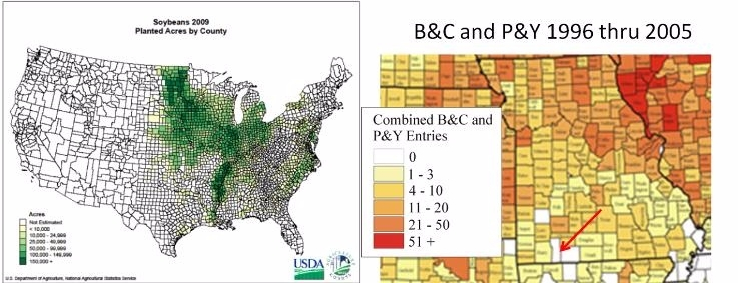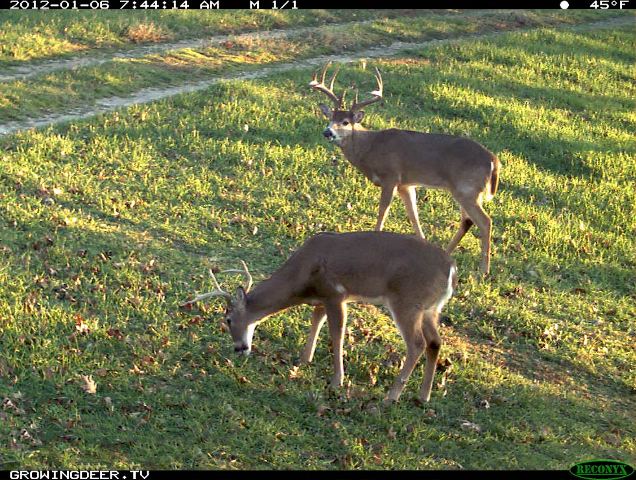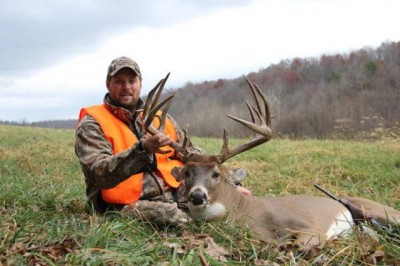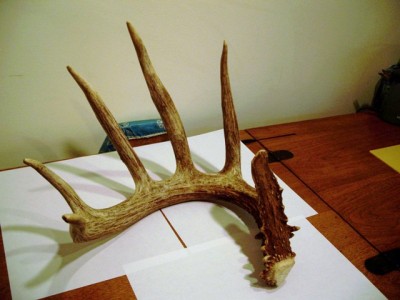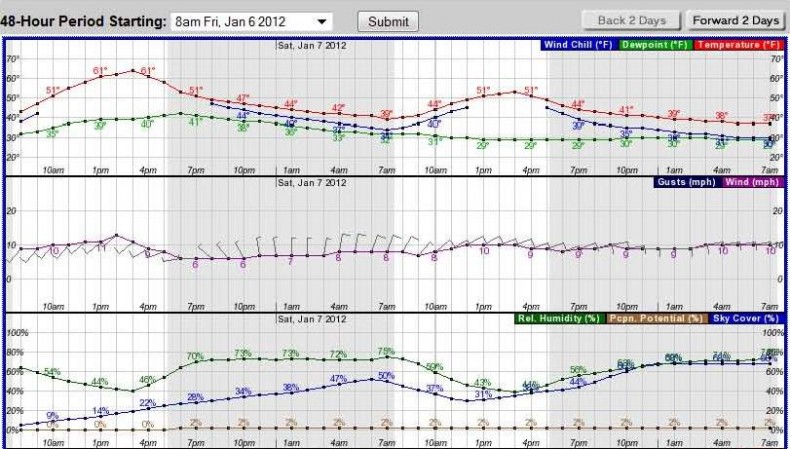Pt. 3: Top 10 Recommendations for Managing Land to Yield Mature, Huntable Deer
Part 3: Cover
During the past two weeks I’ve been addressing a question posted on my Facebook page. In those blogs, I discussed the importance of age and nutrition in managing land to yield mature, huntable bucks.
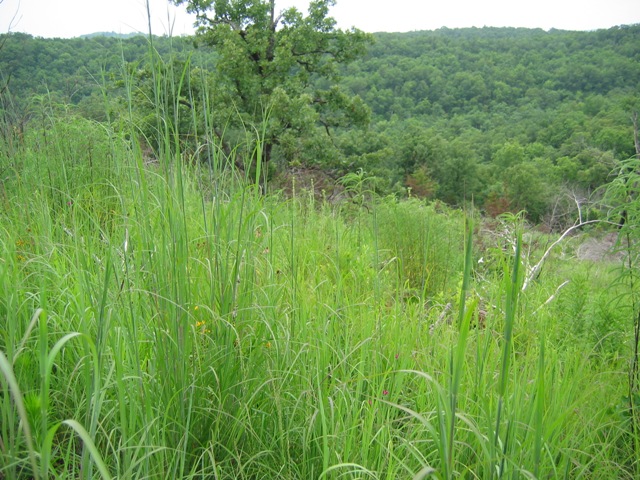
Area of cover for white tail deer
Next on my list of top 10 recommendations for managing land to yield mature, huntable whitetails is the need for cover. I define cover as areas where deer are likely to feel more secure compared to surrounding areas. In the Deep South cover may be shade, or in a colder climate native grass that serves to block the wind but allow the sun’s radiant energy to reach the deer. Cover may be areas where predator populations such as coyotes are reduced to be in balance with prey species.
Quality cover serves to reduce stress levels of deer and therefore allows them to express more of their antler growth and fawn producing potential. Cover can be just as beneficial to a deer herd as quality nutrition, depending on the sources of stress. However, one without the other means the deer herd likely won’t express its potential.
The best cover is not only a particular type of structure (shade, native grass, etc.), but also an area of reduced predation. Hunters are predators. To maximize the reduction of the level of stress it is best to combine the structure of cover while also making it a sanctuary (prohibit entry by humans during most of the year).
Sanctuaries are the least expensive form of cover to create. It simply means not entering an area. Sanctuaries with desirable cover are very beneficial to deer. To benefit the deer herd where you hunt, don’t just think about ways to attract them and make the deer easier to see, but think about managing enough of the habitat to insure each deer has a place where they believe they won’t be seen. This is not a totally unselfish act by hunters. Sanctuaries should result in a healthier herd, and one that is easier to hunt as deer that feel secure are not as alert.
My third recommendation for managing land to yield mature, huntable bucks is to create areas where they are “un-huntable” – create some sanctuaries!
Growing Deer together!
Grant



